When this episode was filmed in 1966, nobody knew what the hell quasars were. Quasars had only just been discovered a few years earlier. Why this object was surprisingly on their path when, you know, it has a name and all is a bit of a mystery.
What was known about quasars in the mid-1960s was that they are intensely bright, so much so that they look like ordinary stars (ones that give off radio waves), yet they are located on the far reaches of the observable universe. What made them so bright was unknown. They were certainly a mystery when the episode was written and it made sense to give the Enterprise standing orders to investigate them.
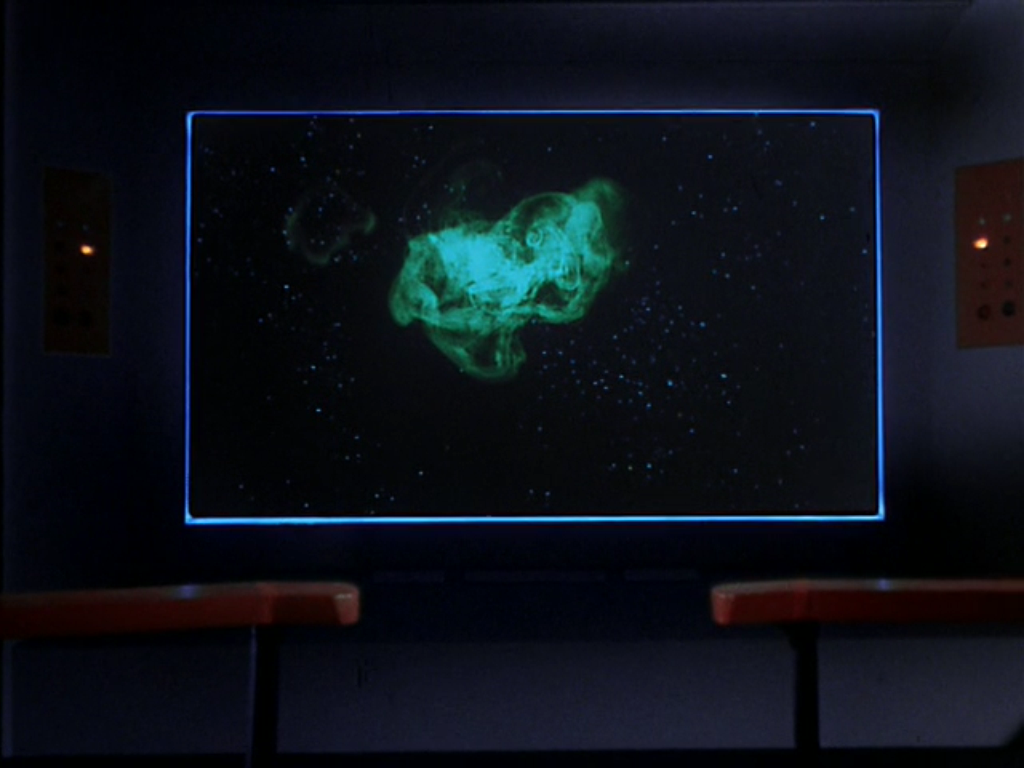 |
| Murasaki 312 |
Decades later, astronomers have figured out was quasars are - the cores of baby galaxies. Embedded within them are supermassive black holes that are feeding on gas. Much of this gas spirals around the black hole forming a flat disk of gas called an accretion disk. This disk of gas is intensely bright. Some of the in falling gas misses the disk and becomes accelerated outward at tremendous speeds by intense magnetic fields.
Quasars were common in the early universe, which is why we usually see them at the far reaches of the universe. It takes time for that light to get to us, and because of that we see them in their infancy, as they were long ago. There are smaller versions of quasars, that form around stellar black holes. Unlike the supermassive black holes, which weigh in at millions of times the mass of the Sun, stellar mass black holes are only a few times more massive than the Sun. These stellar mass black holes can do the same kinds of things that quasars do, but on a smaller scale. That's why they are called microquasars.
The new knowledge of quasars was all taken into account when The Galileo 7 was remastered a few years ago. They updated the look of Murasaki 312 to make it a plausible microquasar:
I am not a big fan of the remastered versions of Trek, but this particular change makes a lot of sense.
 |
| On the way in Spock checks the forecast on the Clear Sky Chart. |
The Galileo is low on fuel and overweight, by the equivalent weight of three grown men. If they hope to leave Taurus II, they are going to have to lighten the load. McCoy is quick to point out that this is Spock's first command, prophetically citing that it will "take more than logic to get us out of this."
The natives are restless. Latimer takes one for the team.
Gaetano gets a close (and fatal look) at the natives, who are amazingly not life-like.
With two crewmen gone and Scotty on board to work his magic, the shuttlecraft just might make it.
Maybe the natives just want to play? Strangely no attempt at communication was made with the tool-using natives. Ever. The real drama here is how everyone reacts to Spock's unemotional command, Spock's inability to realize that the natives might not have a logical reaction to his show of force and of course Kirk's inability to affect a rescue. The latter shows just how far Kirk is willing to push his command to rescue Spock and those on board the Galileo, even in the face of not delivering supplies to a planet ravaged by a plague.
Scotty's quick thinking (using the energy in phasers as fuel - brilliant!) get's them off of the ground only to once again prove that no writer on this series has any idea what the word "orbit" really means, and that a vehicle does not have to constantly burn fuel to remain in one.
In the end, Spock performs an emotional act of desperation, igniting all the remaining fuel as a flare.
If you like Spock vs. McCoy episodes then this is your thing. While this isn't in my top 10 Trek list, if I stumbled across it on the TV I'd watch it. There's a lot here to like.
There's no new music in this episode, so I'll skip that. Watch the episode online here.
Next up, Court Martial. Until then, I've got some comet photos to go through.
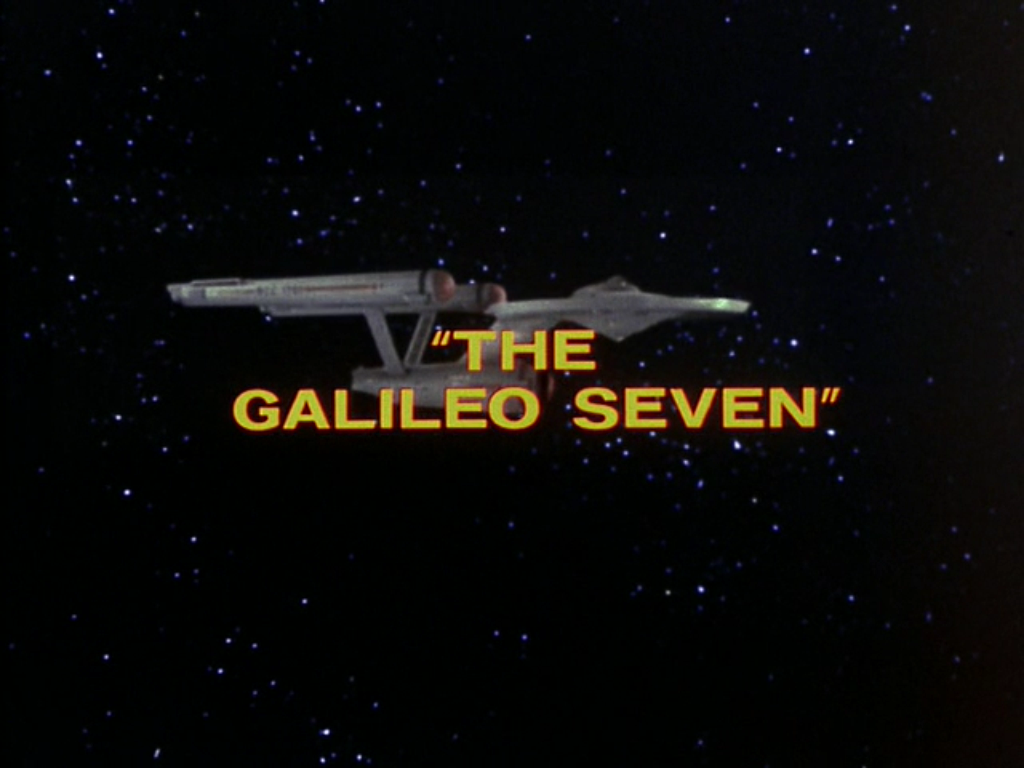
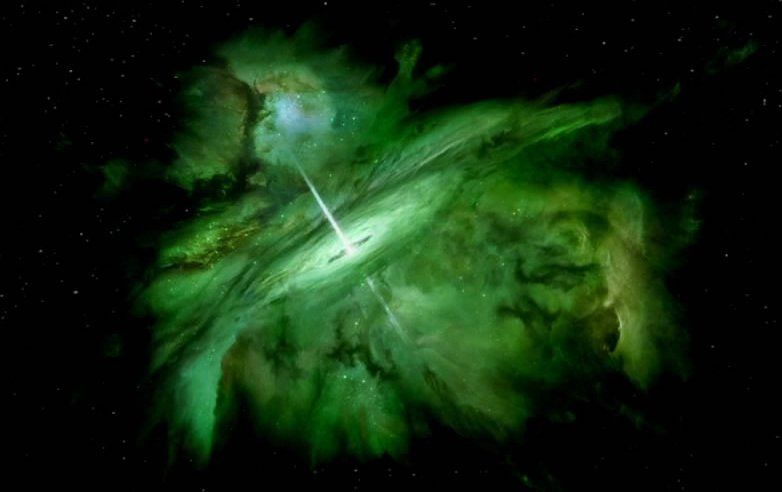
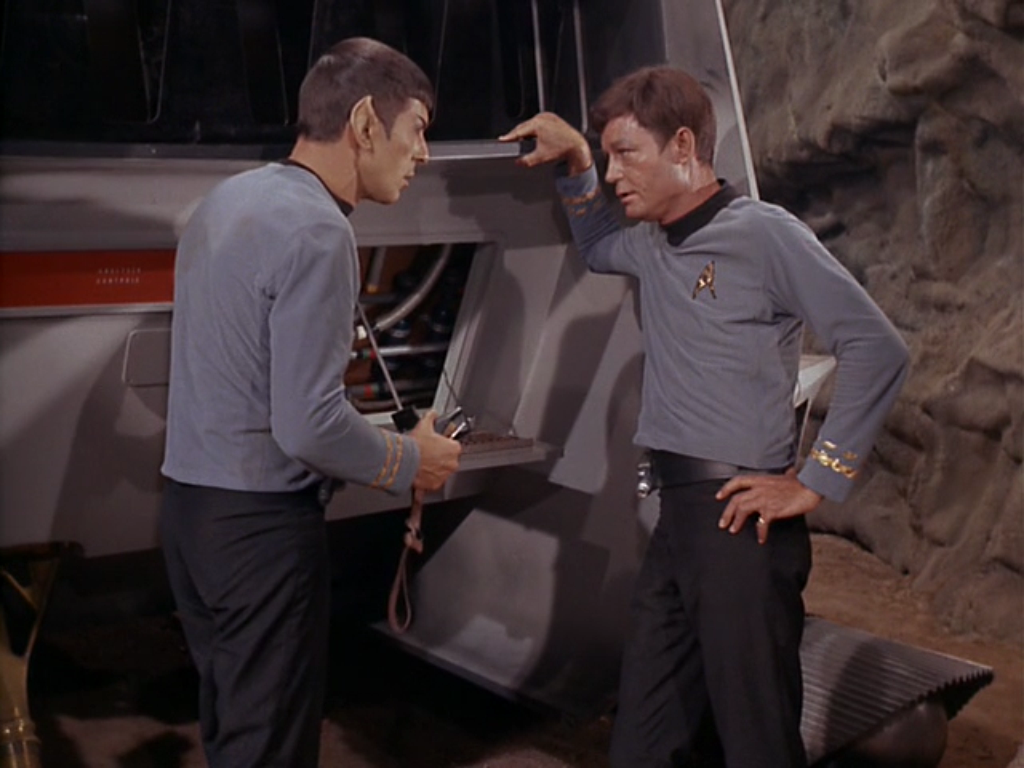


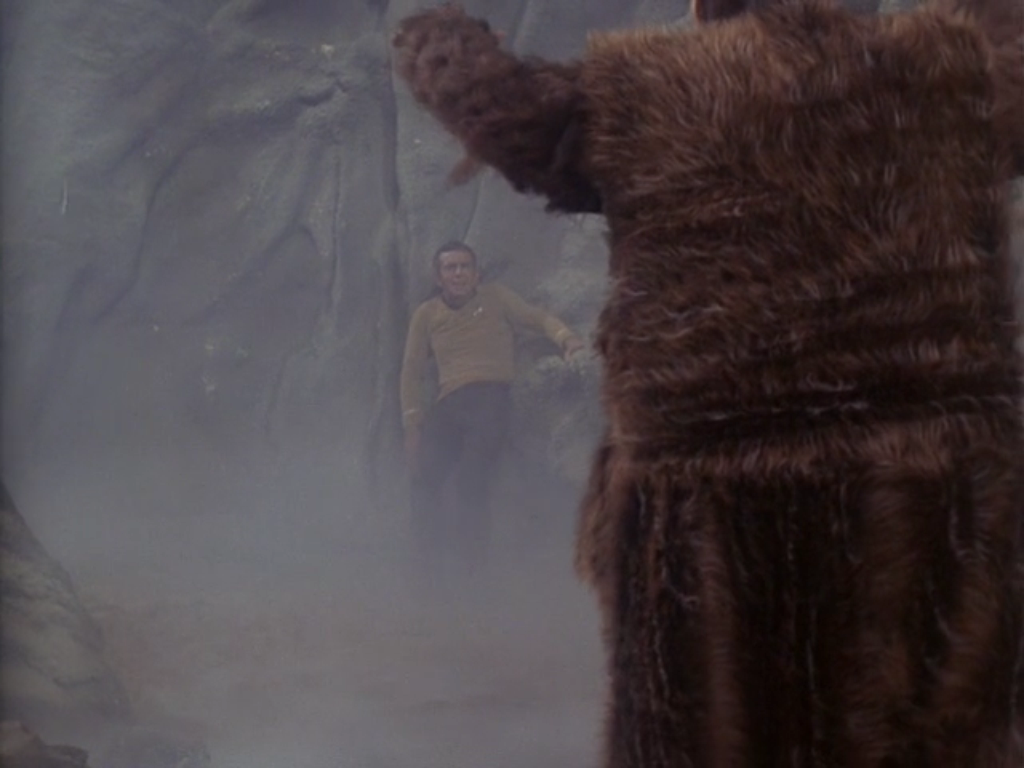
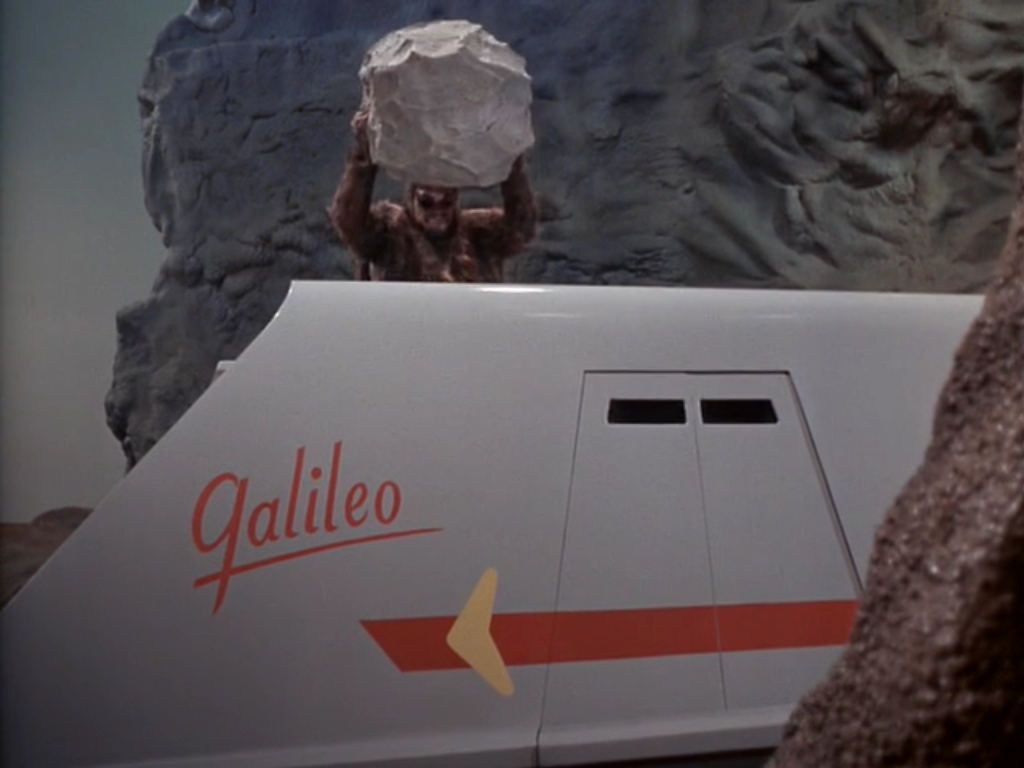

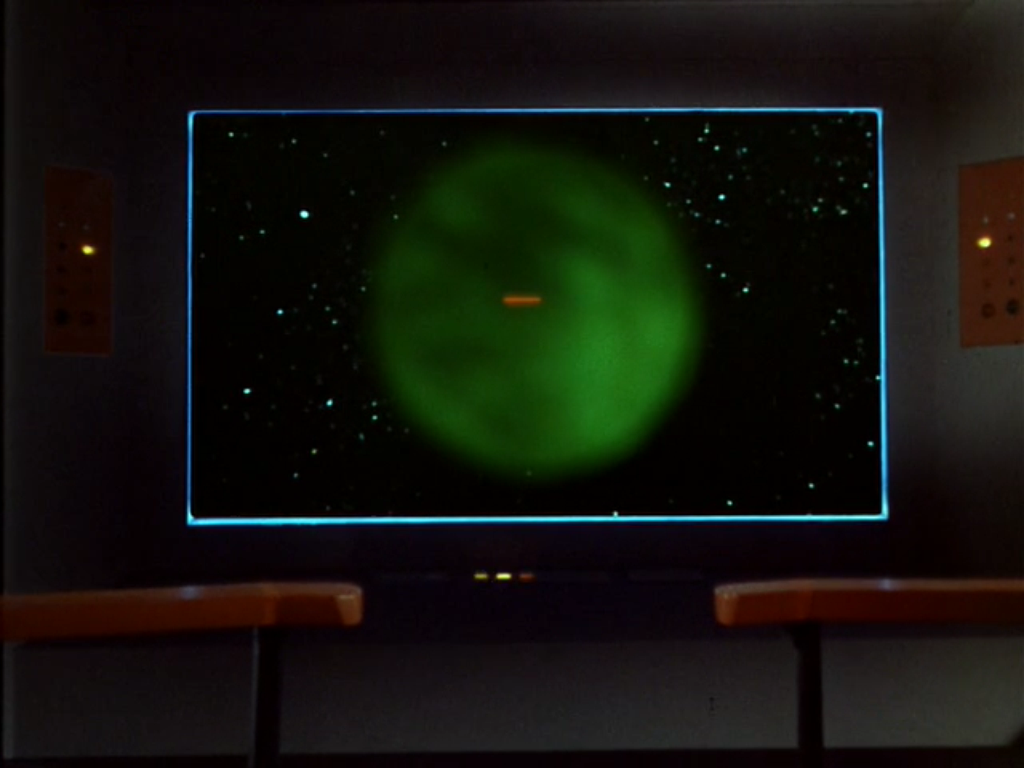
No comments:
Post a Comment